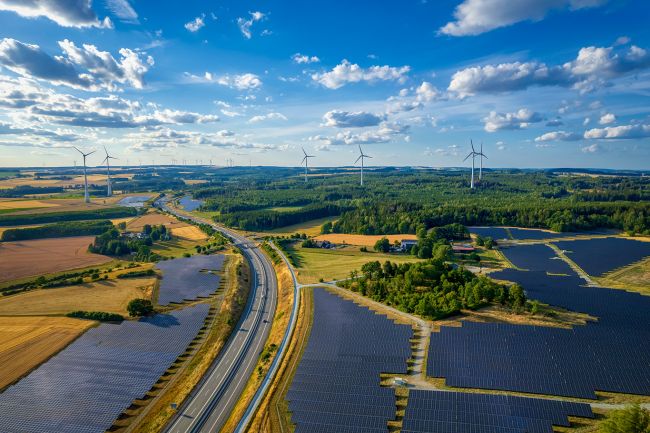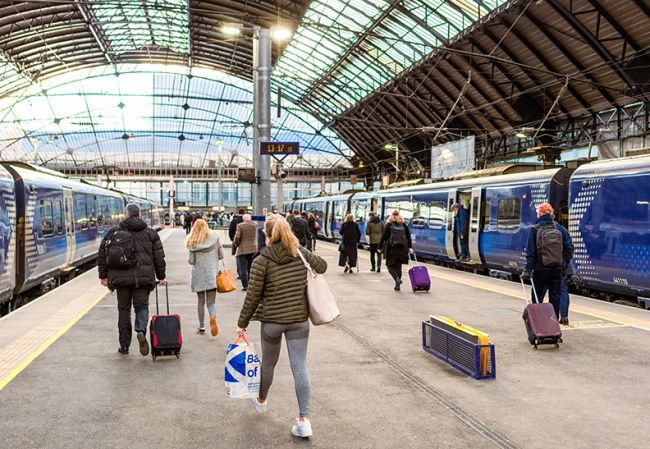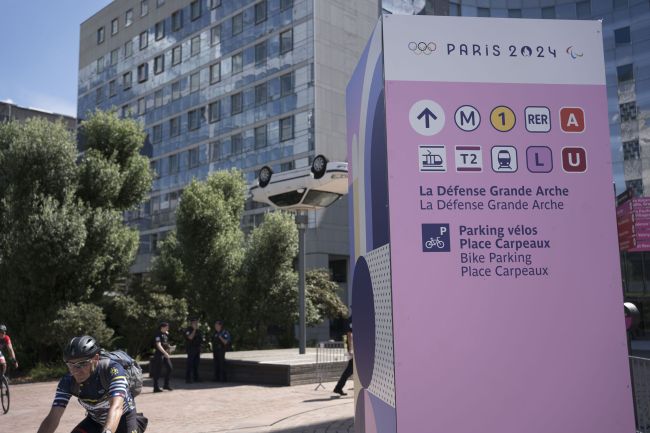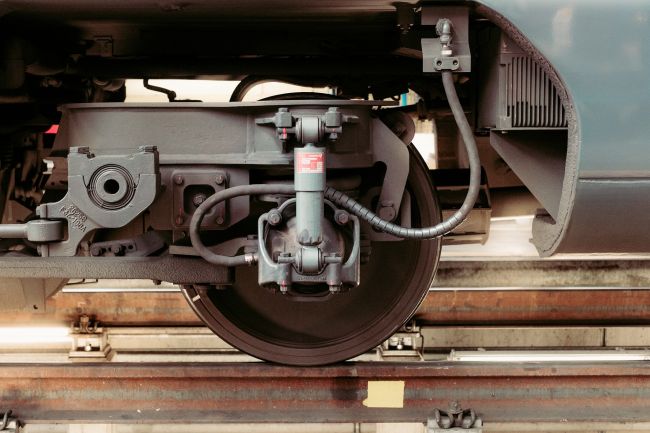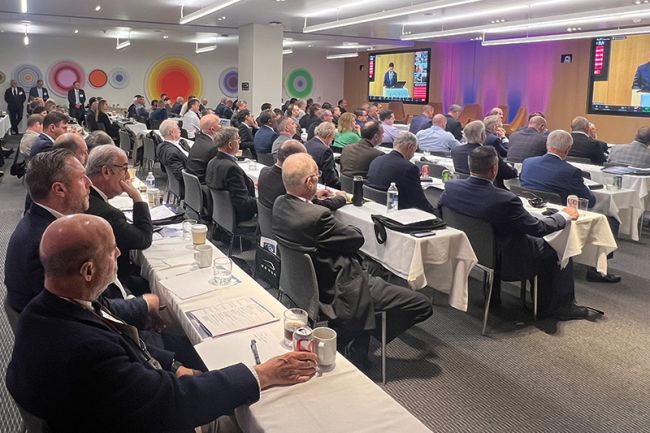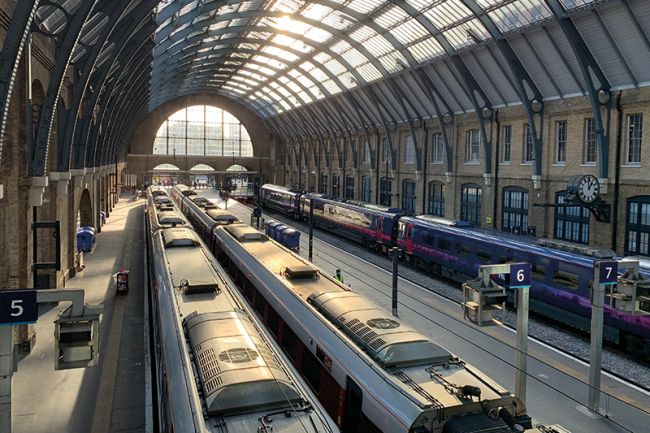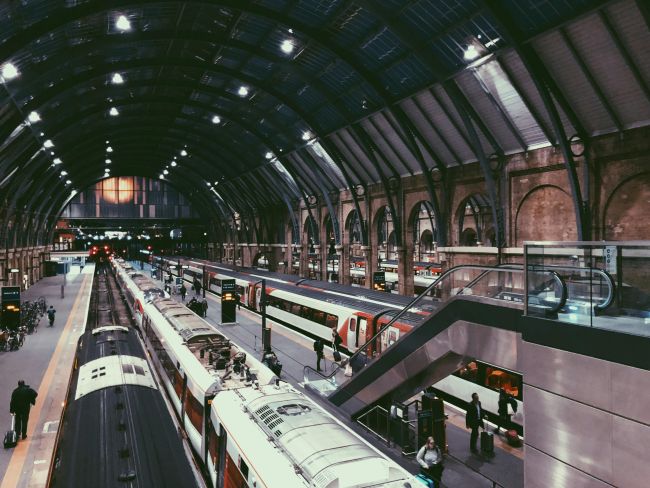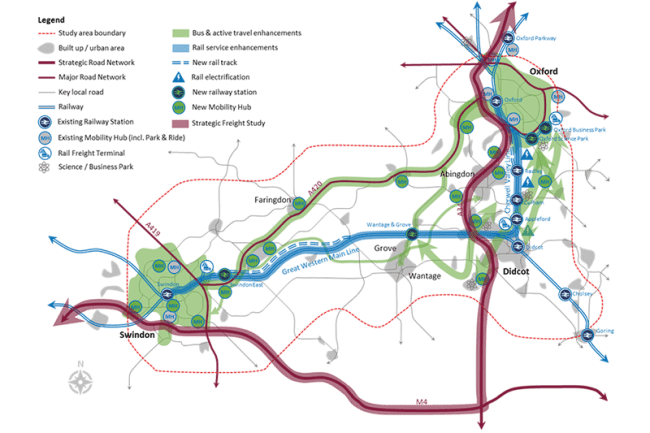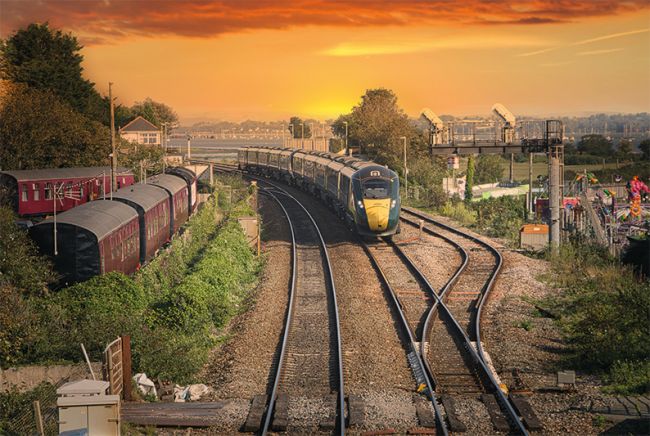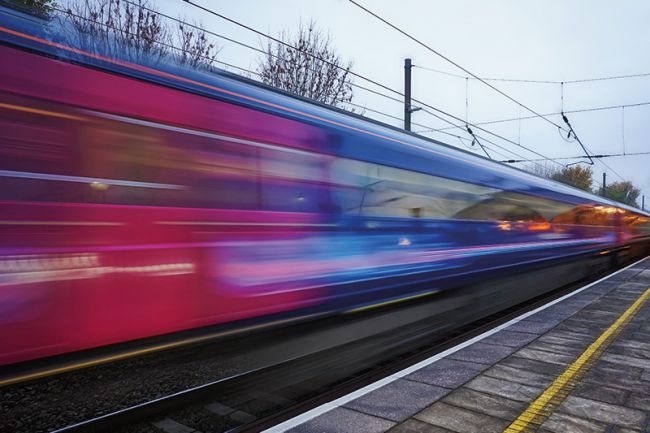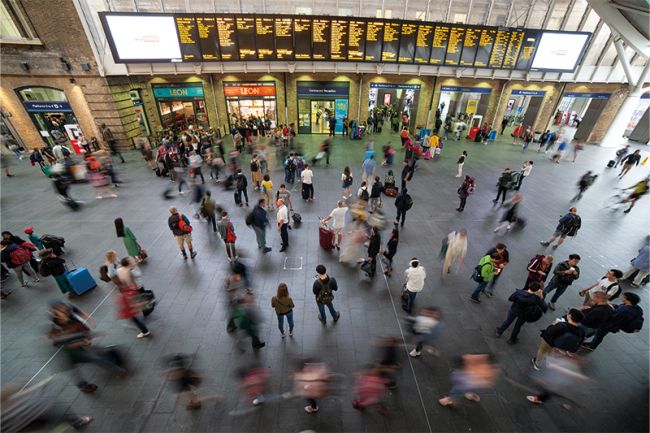Britain’s railways after the COVID-19 shock – three imperatives to recovery
Great Britain has started to ease lockdown restrictions the public are beginning to enjoy greater freedoms.
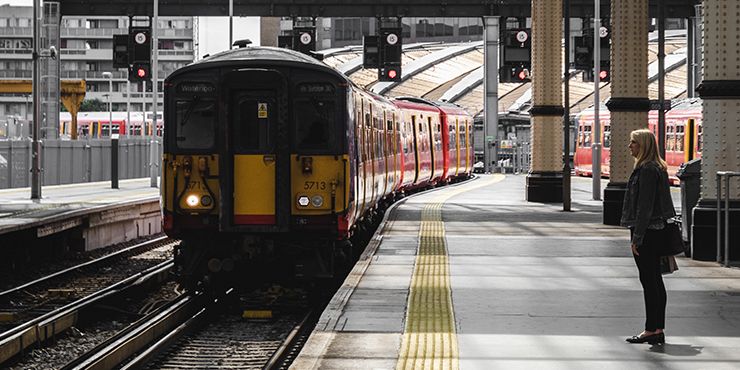
Our global team have been working on a framework of scenarios that help us think about what the economy, people’s activity and transport demand may look like in 2-3 years after the shock of the COVID-19 pandemic. We identified four plausible pathways of recovery, which we think will be largely defined by the medical effectiveness in preventing the virus spreading and/or treatment of the affected population. These scenarios have allowed us to map out potential futures for different modes of transport; in this article, we consider Britain’s railways.
As the nations of Great Britain have started to ease their respective lockdown restrictions the public are beginning to enjoy greater freedoms, movement and activity. However, while the future is likely to remain uncertain for some months to come, with no medicinal pathway to facilitate a return to ‘normal’, it is time for the railway to consider what it will need to deliver for its future users. The removal of restrictions doesn’t mean that our behaviours and inclinations to travel and use rail will be the same in the post-COVID-19 world.
Although Government messaging with regards to using public transport undoubtedly suppressed passenger volumes in the immediate aftermath of lockdown, Transport Focus research suggests that up to 1 in 3 users will not use public transport until they feel ‘safe’.1 The same research also suggests fundamental changes in people’s behaviour, e.g. 44% of survey participants suggested that they will use their car for trips they would have previously taken on public transport. Greater home working, commonly regarded as part of the new normal, is suppressing travel altogether.
While there may be bias due to our being in the ‘eye of the storm’, and attitudes may soften towards using public transport over time, there is no doubt that the railway is going to have to work hard to regain the confidence of the travelling public – confidence in the use of stations and trains in a safe and COVID-19 secure way and confidence in the provision of reliable services.
This confidence needs to be rebuilt and rebuilt rapidly. We estimate that Britain’s railways' farebox revenue will be up to 30% down next year on the same time last year. Most commentators are noting that GB’s rail franchises are unlikely to return to their pre-pandemic terms.
So, let us consider three imperatives for the railway moving forward:
- Rebuild the product – develop an offer that meets the needs of the passenger, for example, flexible season tickets and less dependency on a paper ticket and physical transaction;
- Rebuild the timetable – use the opportunity to develop a timetable that is more robust and meets changed passenger needs;
- Rebuild relationships with the passenger and across the industry – leverage the greater collaboration and knowledge-sharing demonstrated over the last six months to shape a more cohesive offer for the nation, the individual passenger and the industry’s dedicated employees.
The process of rebuilding cannot take years. The rail industry and its funders need to start to rapidly evolve Britain’s railways into a more resilient form, one that is ready to face the uncertain months and years ahead and to safely welcome passengers back onto its trains once they have the confidence to do so.
